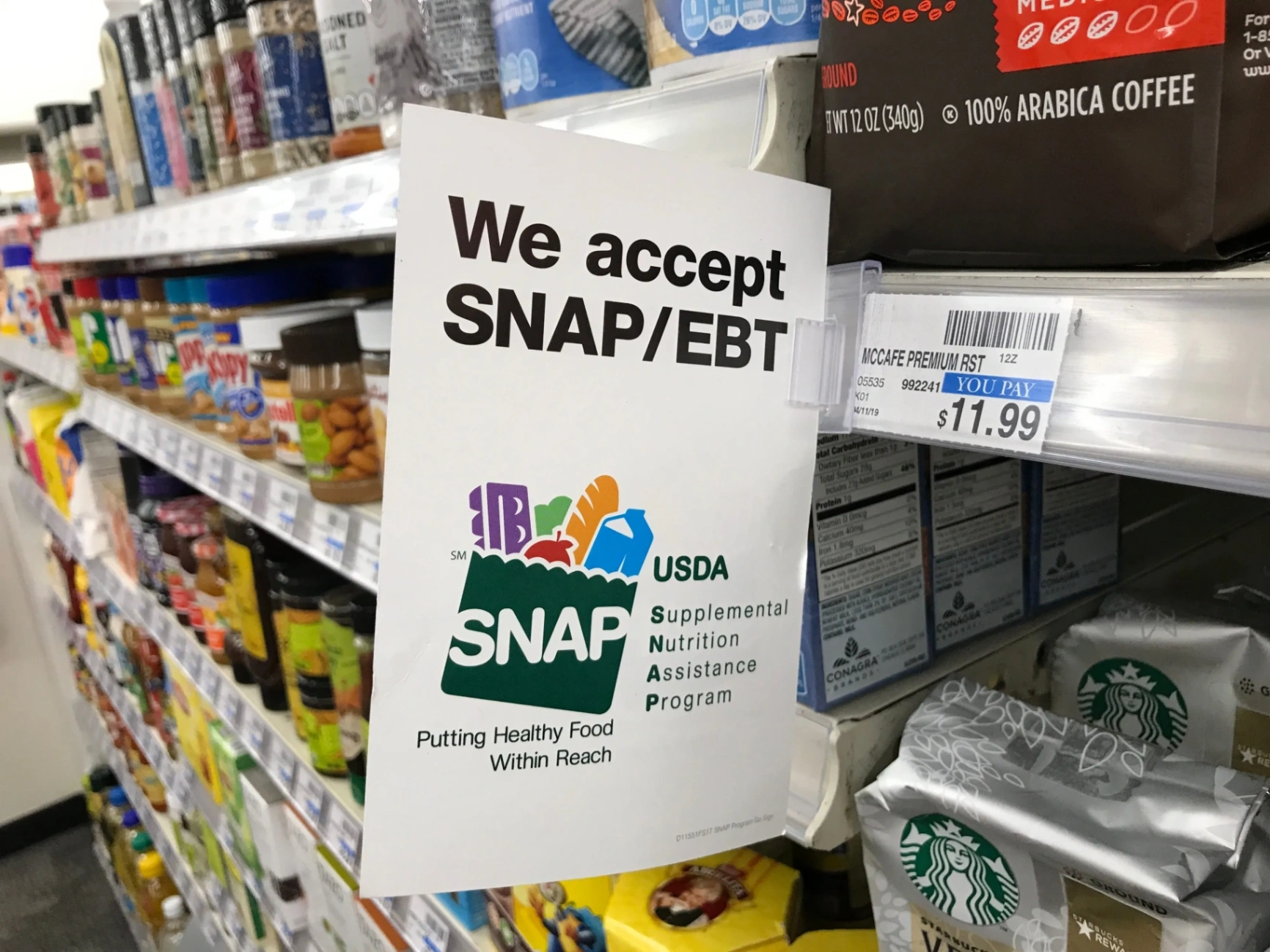In the United States, the food stamp program plays a crucial role in providing nutritional assistance to low-income individuals and families.
Here, you will learn how to apply for it and ensure that you and your family can benefit from this important food security safety net.
What is the Food Stamp Program and Who Can Apply?
The Food Stamp Program, also known as the Supplemental Nutrition Assistance Program (SNAP), is a government program in the United States.
Through this program, participants receive a debit card called Electronic Benefit Transfer (EBT), which is reloaded monthly with funds to purchase eligible food items.
Those who can apply for the program are individuals and families who meet certain income requirements and other criteria established by state agencies.
The requirements may vary by state, but in general terms, the following groups may be eligible for SNAP:
- Low-Income Individuals and Families: Those whose incomes fall below the threshold set for their household size may qualify for SNAP. The household size includes the number of people living under the same roof.
- Unemployed Individuals: If you are unemployed or work limited hours and meet the income requirements, you may be eligible.
- Individuals with Disabilities: People with disabilities who meet the earnings requirements can qualify for the program.
- Seniors: Low-income older adults may also be eligible for food benefits.
- Families with Children: Families with children under the age of 18 may be eligible if they meet income requirements.
- Homeless Individuals: Homeless individuals may be eligible for this program if they meet specific criteria established by the program.
- Students: Some students may also qualify for food assistance through this program, especially if they are single parents, unemployed, or participating in job training programs.

Necessary Documents
Here is a list of the necessary documents to gather:
- Proof of Identity: You'll need a valid government-issued photo ID like a driver's license, state ID, or passport.
- Proof of Citizenship or Residency: Present documents proving your U.S. citizenship or legal residency, such as a birth certificate, U.S. passport, or green card.
- Social Security Numbers: Bring Social Security cards for all household members seeking benefits.
- Proof of Income: Provide recent pay stubs, unemployment statements, or income proof for all household income sources.
- Rent or Mortgage Info: Prepare rental agreements or mortgage statements to verify housing costs.
- Utility Bills: Have recent utility bills (electricity, water, gas) to confirm ongoing expenses.
- Bank Statements: Show bank statements for all household accounts.
- Medical Expenses: If relevant, gather documentation for medical expenses incurred by elderly or disabled household members.
- Child Support Payments: Include proof of any payments made or received.
- Work-Related Expenses: Document any work-related expenses, like childcare or transportation costs.
- Vehicle Info: Note details about household-owned vehicles, including make, model, year, and value.
- Immigrant Status: If applicable, gather immigration-related documents to demonstrate eligibility.
This concise list of documents will streamline your SNAP application process.
Steps to Apply for the SNAP Program
Applying for the SNAP Program (Supplemental Nutrition Assistance Program) in the United States is straightforward. Still, following the steps to ensure eligibility and receive the assistance you need is essential.
Here are the steps to apply for the SNAP program:
Step 1: Gather the Required Documentation
Before starting the application process, it's important to have the necessary documents on hand.
This includes valid identification, such as a driver's license or state identification card, as well as proof of residence, such as utility bills or rental agreements.
You'll also need income verification, such as pay stubs, unemployment documents, or Social Security benefits. Having these documents ready will make filling out the application easier.
Step 2: Access the Application Form
Visit the official website of the SNAP program to access the online application form.
If you prefer to fill out the paper form, contact your local social services office to obtain a copy. Most states offer the option to fill out the form in their offices.
Step 3: Complete the Application Form
Fill out the application form with precision and accuracy. Be sure to double-check for any errors before submitting, as incorrect information can delay the process.
Provide all the required information, including your personal details, information about household members, and financial details.
Step 4: Submit the Form
Submit the completed application form to the department in your state.
If you are filling out the form online, follow the instructions on the website to submit it electronically.
If you prefer the paper format, you can mail it or drop it off in person at the local social services office.
Step 5: Interview
After submitting your application, you may need to participate in an interview. This interview is an opportunity to provide additional information and clarify any questions.
The interview can be conducted over the phone or in person at the state office. Be prepared to discuss your income, expenses, and family situation during this interview.
Step 6: Wait for the Determination
Once you have completed the interview and provided all the required documents, the SNAP department will review your application.
You will receive a notification by mail about whether your application has been approved or denied. If it is approved, the notification will also indicate the amount of benefits you will receive.
Step 7: Receive Your Benefits
If your application is approved, you will receive a Food Stamp card (EBT) in the mail.
This card functions like a debit card and is reloaded monthly with the allocated benefits. You can use it along with a PIN at participating grocery stores and supermarkets.
Pros and Cons of SNAP
SNAP, the Supplemental Nutrition Assistance Program, plays a crucial role in providing food assistance to low-income individuals and families in the United States. Here are some of its pros and cons:
Pros
- Provides access to essential food items and helps maintain a balanced diet.
- Helps reduce food insecurity.
- Improves health and reduces the risk of diet-related diseases.
- Allows for savings on other necessary expenses.
- Boosts local economies.
- Enhances children's well-being.
- Support during hardships.
Cons
- SNAP benefits may not cover all of a family's food expenses, potentially leaving them with unmet nutritional needs.
- Not all foods are eligible for purchase with food stamps; alcoholic beverages, prepared foods, and some non-food items are not allowed.
- Social stigma or embarrassment may deter some eligible individuals from participating in the program.
- Not everyone facing economic hardships meets the income or situational requirements to qualify for the program, leaving some without access to this assistance.
- The application process can be complex, involving documentation and interviews, which can serve as a barrier for some individuals.
Conclusion
The Supplemental Nutrition Assistance Program (SNAP) plays a crucial role in society by providing nutritional assistance to low-income individuals and families in the United States.
Despite its limitations and challenges, SNAP has shown a significant impact in reducing food insecurity and improving the health and well-being of its beneficiaries.
However, it is important to continue exploring ways to enhance the program, address its limitations, and work towards more effectively reducing food insecurity.
















